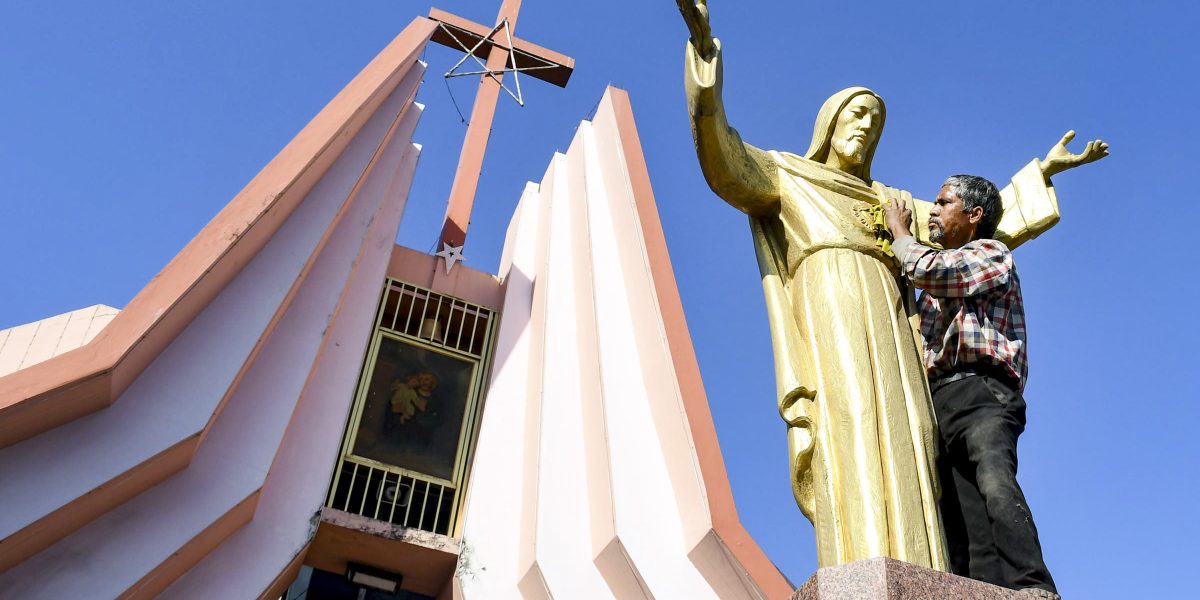By NABEEL MASOOD / Sabrang
The case in this round will go down in history as Committee of Management Anjuman Intezemia Masajid Varanasi vs Rakhi Singh and others SLP(C) No. 14853/2023, Diary No. 31345-2023 . The Anjuman Intezamia Masjid Committee’s repeated challenges to the Varanasi District Judge’s July 21 order for an Archaeological Survey of India (ASI) survey have been sequentially dismissed, first by the Allahabad High Court on August 3, 2023 and then by the Supreme Court on August 4. This has tightened the grip around the Gyanvapi Mosque, which holds a history of over 350 years.
By rejecting the mosque committee’s objection, have both the courts have effectively signalled a potential demise (or dilution of) the Places of Worship Act, 1991 (POW) whose constitutionality has been challenged by a lawyer associated with the right-wing Bharatiya Janata Party (BJP) and is currently awaiting a decision from the apex court?
The judge on the bench which granted ASI the right to continue with its survey (Allahabad HC) observed that the ASI survey is necessary in the interest of justice (1). This statement begs the question – justice for whom? The Gyanvapi Masjid’s case is contentious; the claim being put forward is related to both claims of encroached land and the rights of religious minorities.
The hearings on and around this law, which was enacted in September 1991as a consequence to the violent mobilisations around the demand for the demolition of the then 450-year old Babri Masjid at Ayodhya-Faizabad had been only opposed by the BJP at the time. Today, the law that Parliament regarded as necessary consequential to those developments and the accompanying shrill demands of the Rashtriya Swayamsevak Sangh (RSS)-Viswa Hindu Parishad (VHP) campaign to re-open conflictual wounds and campaign for “re-claiming” thousands of others, is in serious danger of utter disregard and dilution. The PoW 1991 has, seemingly lost its significance, as the clamour for a temple at the Gyanvapi Mosque site by the Hindutva movement is likely to gain a shrill momentum once the ASI declares (a la ASI excavation below the Babri Mosque) the presence of ‘temple-like structures’ beneath the mosque.
This story was originally published in sabrangindia.in. Read the full story here





